EPISODE 326 VERY LITTLE LIFE IN OUR 3 LARGE PONDS: WHAT IS HAPPENING?

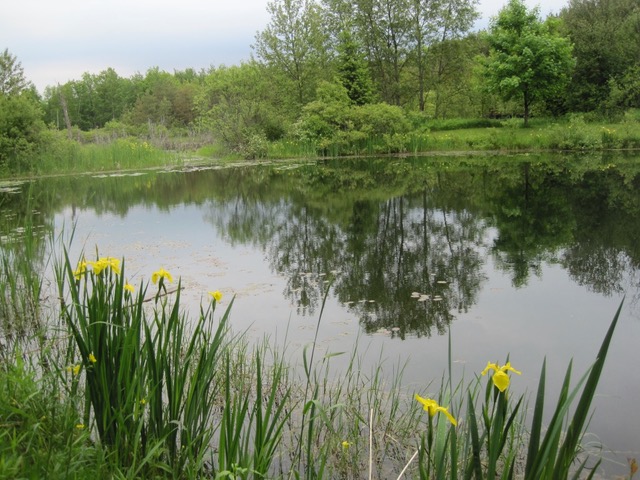



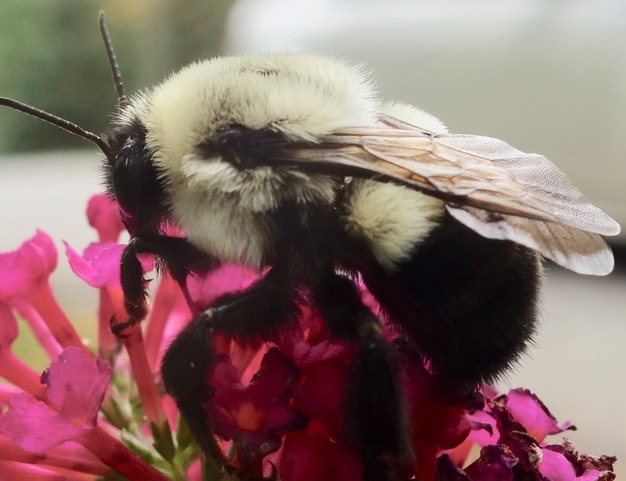
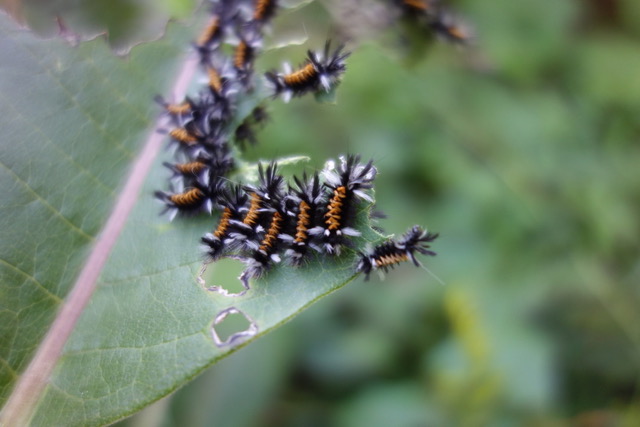
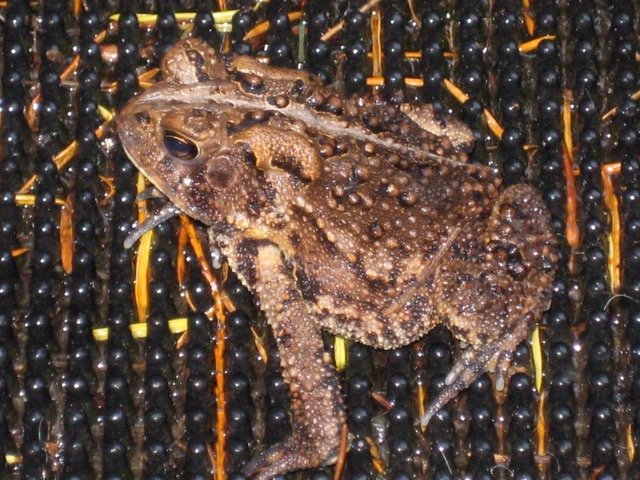
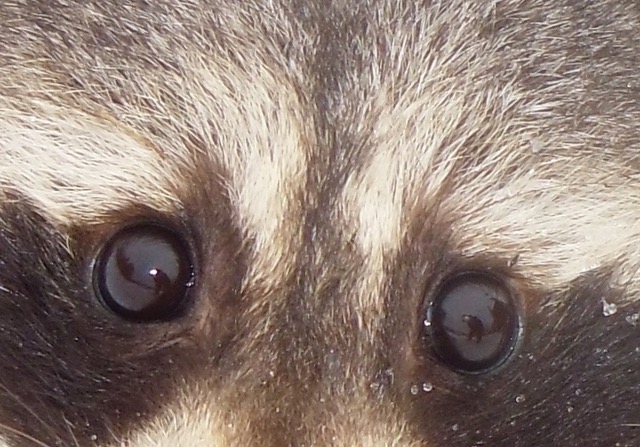

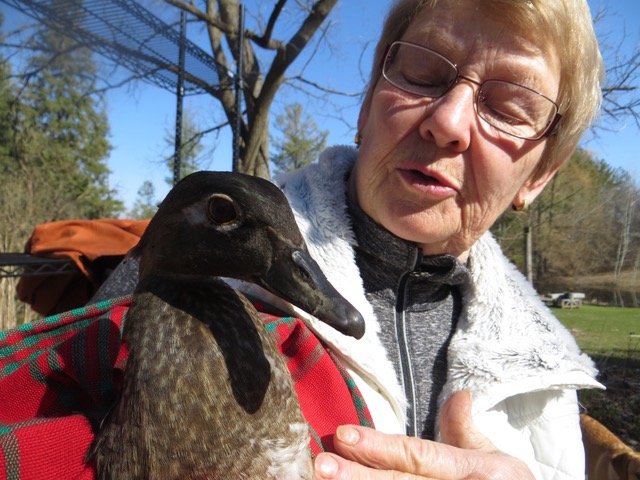
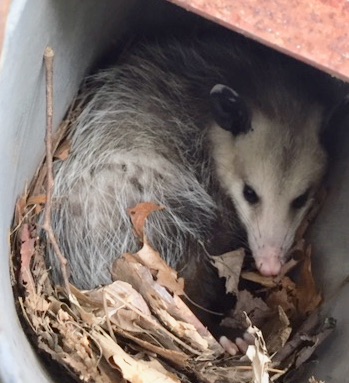
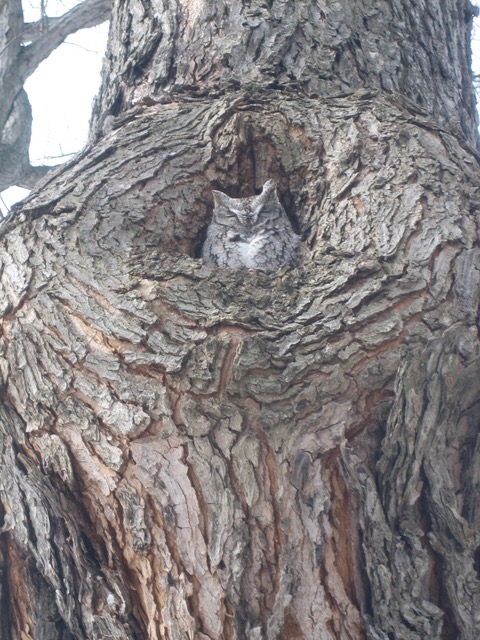
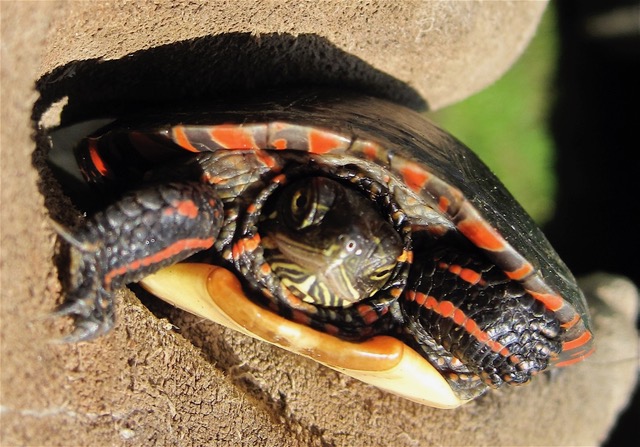



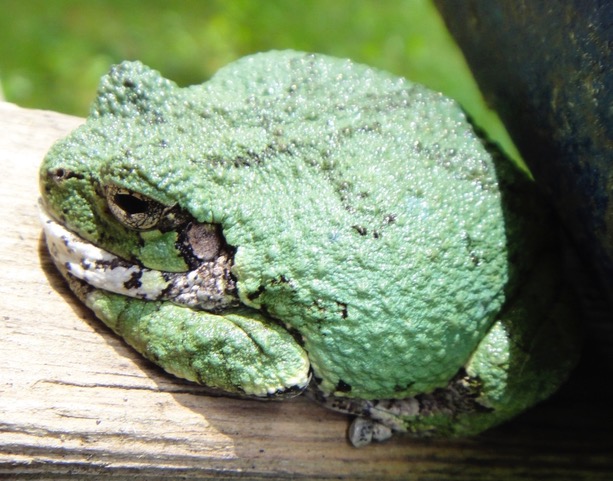

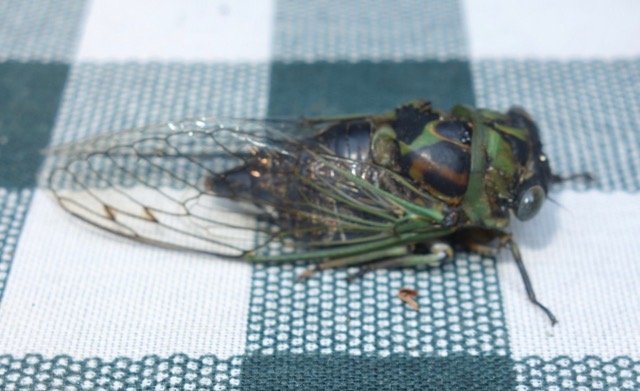
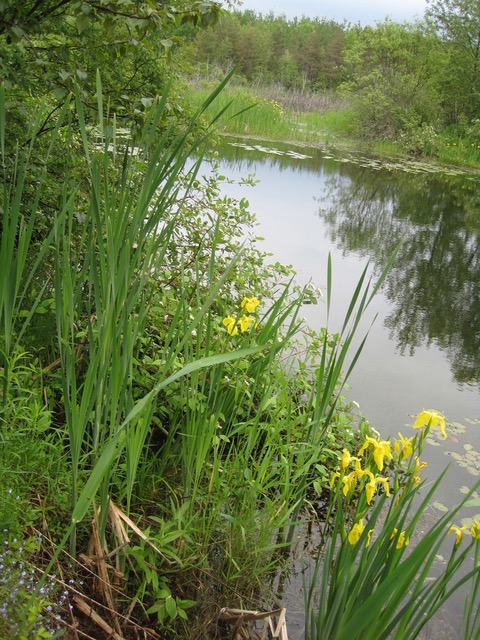
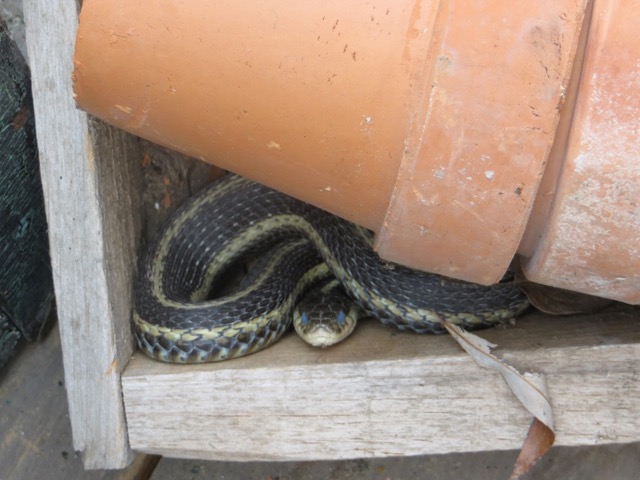
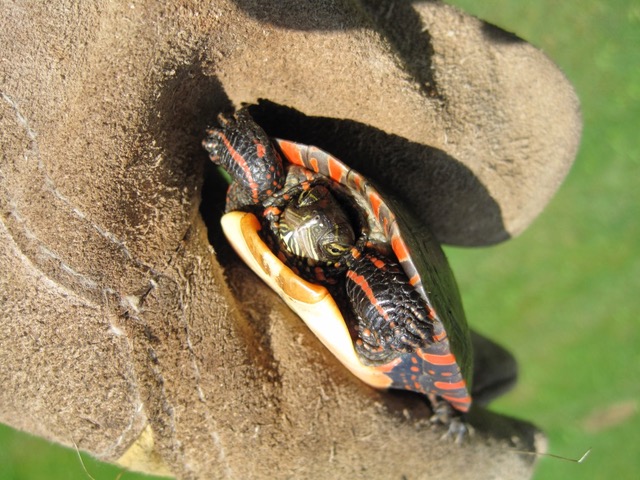

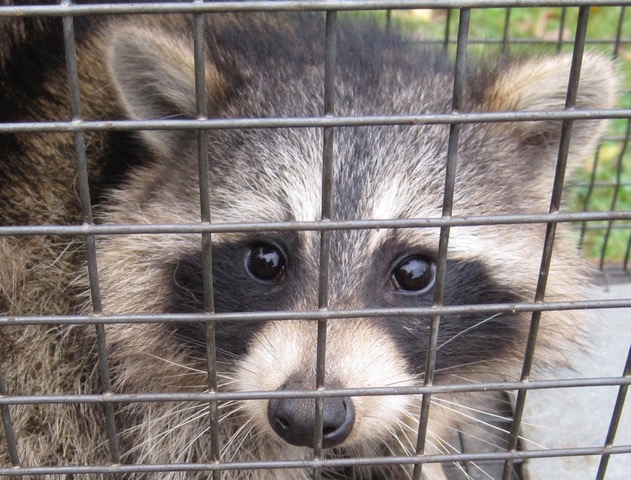
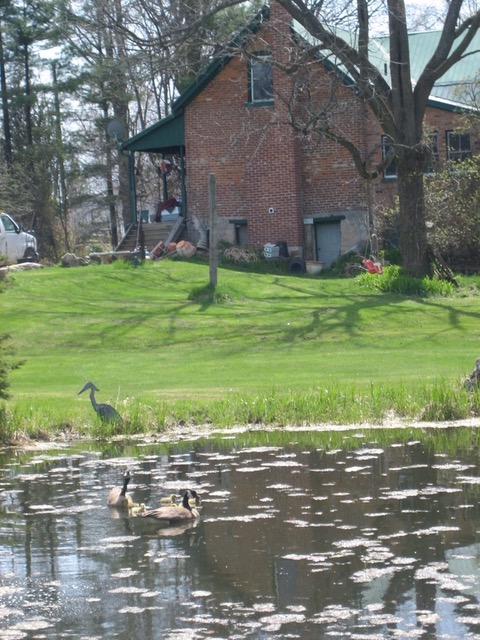


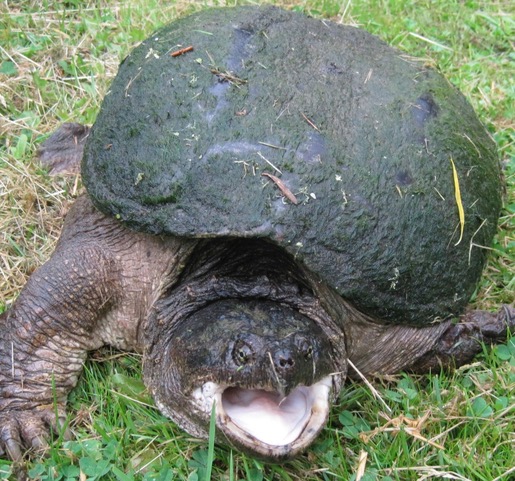
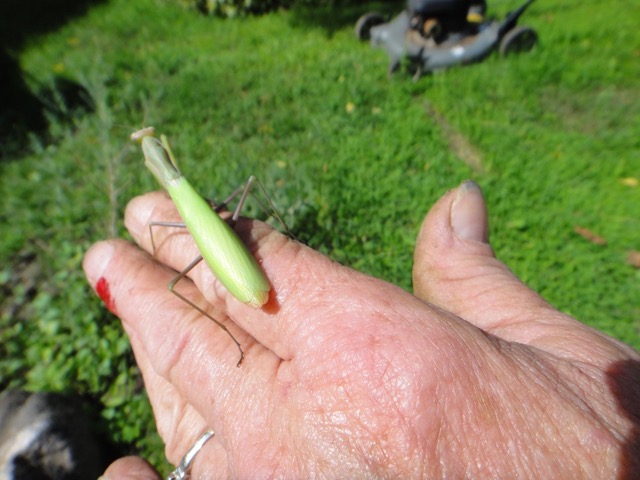


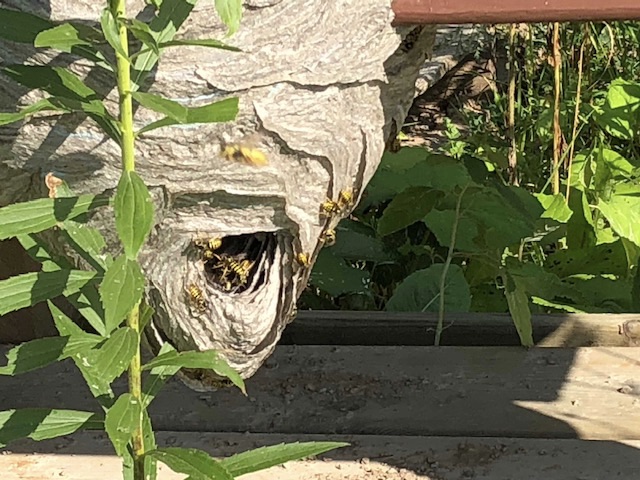
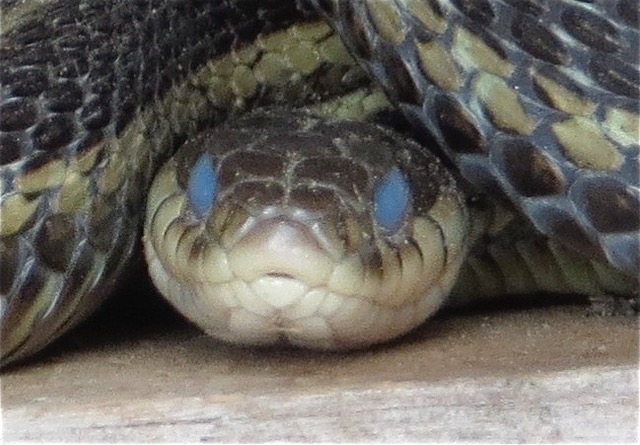

alan skeoch
april 2021


SOMETHING BAD IS HAPPENING TO OUR 3 FAR PONDS
SURE…WE ARE CONCERNED. YOU SHOULD BE AS WELL.
It is hard for us to read about the importance of ponds..wetlands…in local ecology. We know how
important wetlands are to all kinds of creatures. And we have made sure our farm ponds are not
touched. As a matter of fact these ponds are much larger than the days when my grandparents tried
to eke out a bare subsistence living on our 25 acre farm. Today the ponds occupy about 7 to 8 acres
of the land. No vile chemicals drain from local fields into the wetland.
But where has all the pond life gone? We will never know that. Perhaps a better questions is “Why has
pond life diminished catastrophically over the past three decades or longer. There was a time when I was
a boy that the frog population was immense. Hard to take a step on the pond margins without a hurricane of
frogs jumping helter skelter. Today we have a few frogs…Leopards mostly…but we have to look for them
carefully. With few frogs we have fewer snakes. A decade ago garter snakes bred in the flower pots in the
green house. Today? I have not seen one yet (April 29, 2021).
I wince every time a Great Blue Heron lands on our pond margins. Seeking frogs. We do not have enough
to feed that interesting bird. So the life of many creatures is now restricted leading to the die off that no one
notices.
Large creatures are still here but in reduced numbers. We still have a home for a big snapping turtle. Canada
geese return each year to raise a brood. Sometimes their previous progeny join them and are hustled away by
the parents. Five years ago we had a healthy population of painted turtles…20 or 30, all sizes…then suddenly
we found turtle carapaces in the farm field and today we only have a few living in the big pond. Something happened to our turtle
breeding ground at the eastern end of the big pond which also happens to be the break point where drainage
flows to the Grand River (ultimately). Our wetlands are the final height of land for the Grand River watershed.
Coyotes are here…and deer…and wild turkeys. They seem fine. Although all we see are their tracks and
the occasional fluffing noise as a turkey family shuffles out of view.
Small water life has just about disappeared. There are no leaches. None? There was a time when we
had so many that it was a concern. Needed a supply of salt to get them off after a swim.
Today none. We still have dragon flies…that ancient survivor of life on earth…
but not as many. Little bugs like water spiders and back swimmers are few in number if they even exist.
And honey bees seem OK but they are managed by humans.
My question? Will pond life return. Will the small creatures at the bottom of the food chain repopulate our
ponds naturally. Or is climate change about to turn the world I knew upside down?
I think I will send this note to the Grand River Conservation people. Maybe they have an answer.
alan skeoch
Post Script

































Make a Pond for Wildlife
Ponds are places where cyanophytes still gleam with bubbles of pure oxygen, as they did two billion years ago. They are places where dragonflies still live as they did when they dominated the air 300 million years ago. Ponds are conservation in action.
Ponds are the whole world for many fascinating aquatic insects – whirligig beetles, backswimmers, water striders. They attract many of our favourite birds – swallows, flycatchers, wrens, ducks. But, they are a special boon to frogs. All Canadian frogs require clear water in which to breed – several require it year around.
Marshy ponds are the most valuable places of all to maintain biodiversity in most areas of Canada.
